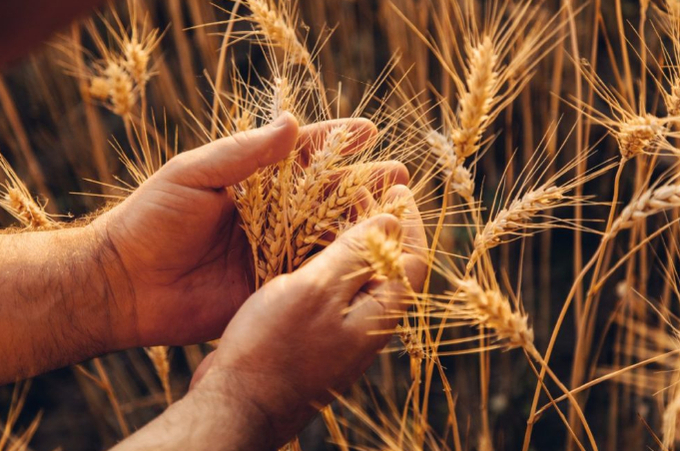November 27, 2025 | 22:03 GMT +7
November 27, 2025 | 22:03 GMT +7
Hotline: 0913.378.918
November 27, 2025 | 22:03 GMT +7
Hotline: 0913.378.918

Photo: ANTON - STOCK.ADOBE.COM
The Grains Research and Development Corp. (GRDC), in partnership with five state government departments, on Feb. 26 announced a $42.7 million national security initiative that will “transform the effectiveness and responsiveness of Australia’s grains biosecurity system.”
The National Grains Diagnostic and Surveillance Initiative (NGDSI) is a co-investment between the GRDC and the WA Department of Primary Industries and Regional Development (DPIRD), the South Australian Research and Development Institute (SARDI), the Victorian Department of Energy, Environment and Climate Action (DEECA), the New South Wales Department of Primary Industries (NSW DPI), and the Queensland Department of Agriculture and Fisheries (QDAF).
John Woods, chairman of the GRDC, said the six-year initiative will use state-of-the-art technology and processes to improve Australia’s ability to rapidly detect and accurately diagnose exotic pests and plant diseases, allowing identification to happen “near the paddock” rather than in centralized laboratories. It also will support the development of more than 20 biosecurity specialists across Australia, modernize current surveillance techniques and utilize global intelligence to forecast future pest and disease risks to the nation’s grains industry.
“This initiative is one of the most important investments GRDC will make on behalf of Australian grain growers and is the result of two years of collaborative work with our partners,” Woods said. “It is powerful in the sense it has brought together the nation’s primary grain growing states in a united effort to reduce the very real risk that exotic pests and diseases pose to agriculture.”
The potential cost to growers of an incursion in terms of crop damage, control costs and trade impact is estimated at $100 million annually. This is why GRDC has invested $20 million of growers’ money over the next six years, matched by state department investment, to transform Australia’s grains biosecurity system.
“Timeliness of detection and response are critical and can be the difference between cost-effective control or the devastation of an industry,” he said. “We need to equip growers — and other key people — with the tools for fast, accurate diagnostics to enable timely management decisions that reduce the impact of these threats to the grains industry.”
Woods said the industry faced increased biosecurity risks from a range of factors, including more frequent international movement in trade and people, increasing chemical resistance, a decrease in the number of technical specialists and increasing input costs.
“This important national initiative will link with new and established pest surveillance for faster detection, which will allow more responsive eradication or management plans to be put in place,” Woods said.
(WG)

(VAN) A new study reveals how the simultaneous effects of ocean acidification, salinity and loss of oxygen are making the world more fragile.

(VAN) Hopes are growing that the creation of the first 3D turkey gut model could be a turning point in the battle against the virulent blackhead disease.

(VAN) Tyson, America’s biggest meat supplier, plans to shutter one of its largest beef processing plants as the industry continues to struggle with low cattle supplies and political pressure from Washington.

(VAN) New FAO study shows how digital solutions are empowering farmers and fishers to prevent losses and build resilient agrifood systems.

(VAN) Brazil's COP30 presidency pushed through a compromise climate deal on Saturday that would boost finance for poor nations coping with global warming but that omitted any mention of the fossil fuels driving it.

(VAN) Poultry farmers in the UK have been warned that they could face one of the worst winters yet for bird flu.

(VAN) Prices of main-crop paddy have risen sharply, with jasmine rice hitting 16,100 baht per tonne — the highest level in years.